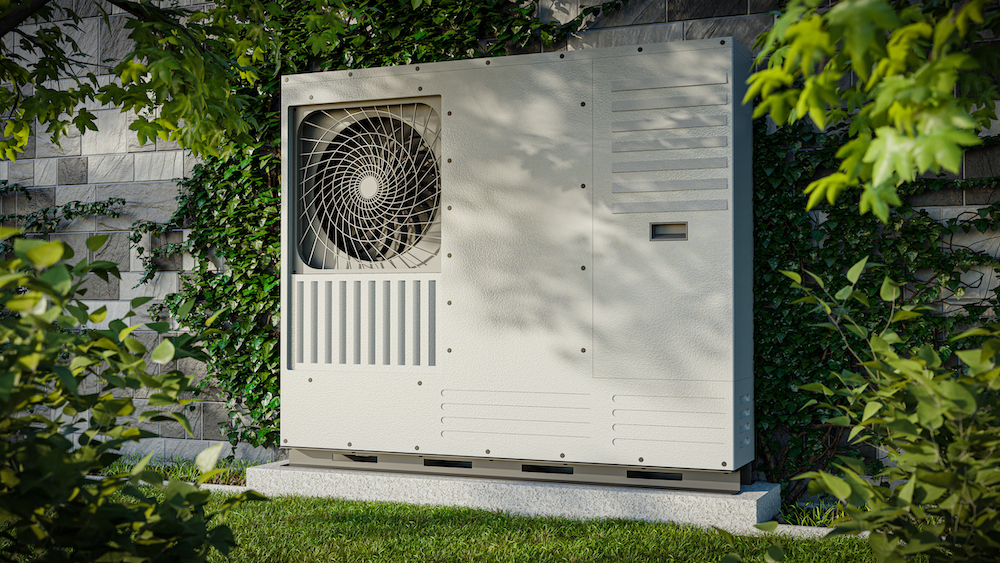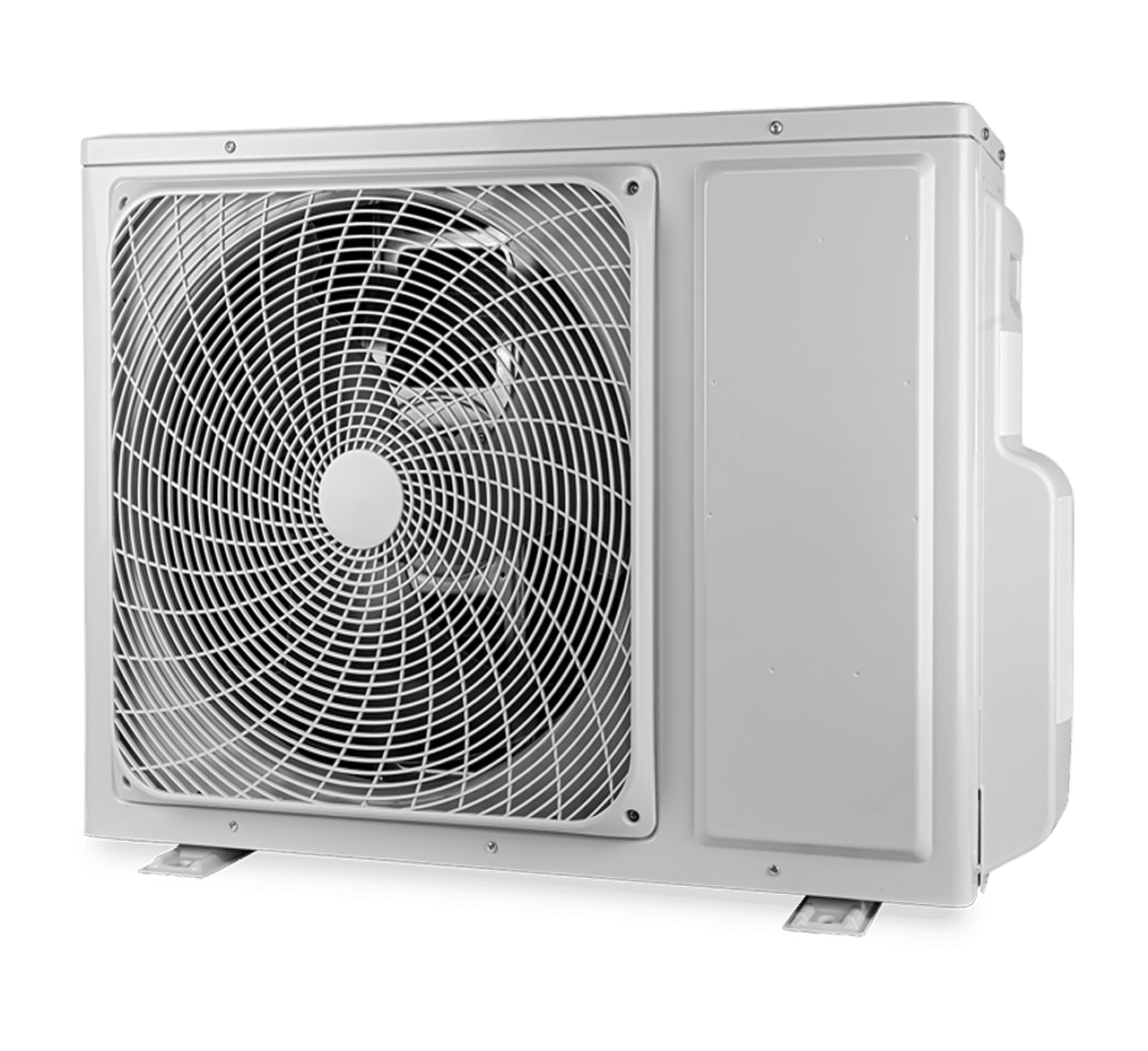What is a heat pump, and how does it work?

Heat Pumps: What They Are and How Do They Work
A home’s heating system plays a major role in keeping you and your family comfortable throughout those cold Alberta winters. Therefore, if you’re in the market for a new unit, you may want to look into installing an energy-efficient heat pump system. But what is a heat pump, and how does it work? The team at Romaniuk Heating and Air Conditioning is giving you the inside scoop on this innovative heating and cooling equipment below!
How does a heat pump work step by step?
Have you ever wondered exactly how a heat pump operates to keep your home warm or cool throughout the year? Take a look at our step-by-step process below:
1. Step 1: The process starts by setting your thermostat to the desired temperature.
2. Step 2: The heat pump is made up of two main parts: an indoor unit and a unit that operates outdoors. A compressor, a fan, and a coil are housed in the outdoor unit.
3. Step 3: When you turn on the heat pump, the fan on the outdoor component begins to draw in air from the environment.
4. Step 4: The air is forced through the coil, which is filled with a special coolant fluid.
5. Step 5: The cooling fluid absorbs heat energy from the surrounding air as it blows over the coil. As a result, the refrigerant changes from a low-pressure gas to a high-pressure gas.
6. Step 6: The high-pressure gas is then routed to the compressor and raises its temperature.
7. Step 7: The heated refrigeration fluid now flows into the unit’s indoor compartment as a high-pressure gas via a series of pipes.
8. Step 8: The high-pressure gas goes into a further coil called the condenser coil, which is housed within the indoor unit.
9. Step 9: This condenser coil is then connected to an indoor air unit containing a fan.
10. Step 10: The indoor unit’s fan will then begin to blow air over the condenser coil.
11. Step 11: The hot refrigeration fluid discharges its heat energy to the indoor air as it flows over the condenser coil, causing it to become warm.
12. Step 12: The refrigeration fluid, which has now cooled, returns to a liquid state as it loses heat to the air in the house.
13. Step 13: The cooled refrigerant is then returned to the outdoor unit via the tubes.
14. Step 14: The refrigerant goes through an expansion valve located in the exterior unit, where the pressure is diminished.
15. Step 15: The low-pressure refrigerant liquid is returned to the evaporator coil, and the cycle begins again.
16. Step 16: The heat pump’s indoor unit distributes warm air all through your home, keeping it cozy.
Can I heat my whole house with a heat pump?
A heat pump is intended to keep your entire home comfortable and warm. It operates similarly to a regular heating system, supplying heat to all rooms in your home.
Whenever you turn on the heat pump, it essentially absorbs heat energy from the outside air, even on chilly winter days! This heat gets sent to your home, raising the temperature and creating an atmosphere of comfort. Warm air is distributed evenly throughout the house through air ducts or blowers in each room.
One of the best, innovative features of heat pumps is how energy-efficient they are. They can produce more heat energy than they consume in electrical energy, allowing you to enjoy a warm home without being concerned about high energy bills. Just keep in mind that you’ll need to ensure your heat pump is correctly sized for your home and personal requirements in order to maximize your energy efficiency moving forward! You can do so by working with a professional HVAC company in your area that specializes in heat pump installations, ongoing maintenance, and repairs!
At what temperature is a heat pump useless?
A heat pump is not necessarily useless at any given temperature because it can still extract heat energy from the outside air, even at extremely low temperatures. However, as the temperature drops, its efficiency and performance may suffer. Generally speaking, this happens when the outdoor temperature drops below -15 degrees Celsius.
That said, the temperature at which a heat pump turns less efficient and can struggle to meet a home’s heating demands is determined by a number of factors, like how well it has been maintained, the size of the unit, and the insulation quality of your home. When the outside temperature drops below freezing, some air-source heat pumps may utilize a backup heating system to provide extra heating. An added bonus to this is that you’ll be able to switch between the two units, ensuring that you remain as energy efficient as possible without sacrificing your comfort.
Do heat pumps work in Canadian winters?
Yes, heat pumps can work effectively in Canadian winters. While Canada experiences cold temperatures, modern heat pump technology has been designed to handle these conditions. Just keep in mind that heat pumps become less efficient as outdoor temperatures drop below freezing, thus making them ideal for areas that experience milder temperatures throughout the year.
With that being said, for residents living in Edmonton, Alberta and the surrounding areas, a heat pump can still function efficiently in your home. Generally, homeowners will install a backup heating system, such as a furnace or boiler, to provide supplemental heating to their homes during the winter when temperatures are extremely frigid.
Do you want to upgrade your home heating to an energy-efficient heat pump? If so, Romaniuk Heating and Air Conditioning are ready to help make it happen! We proudly serve homeowners living in Edmonton, Red Deer, and the nearby communities, offering high-quality heat pump installation services they can count on!
Contact our certified HVAC team today to schedule a consultation appointment with our crew! All initial consultation appointments come with a complimentary service quote!
